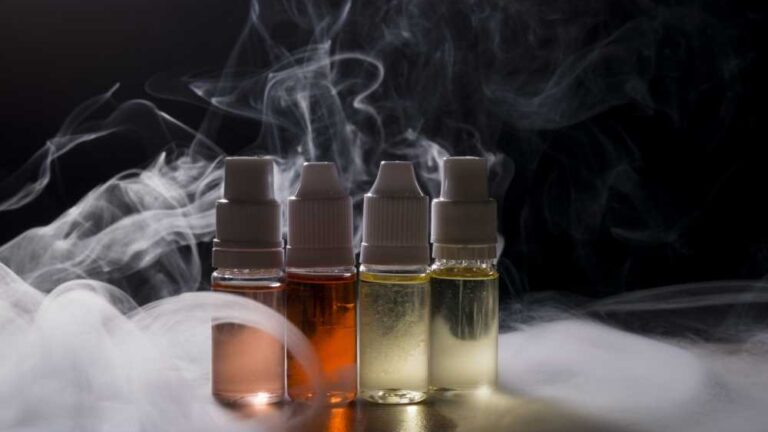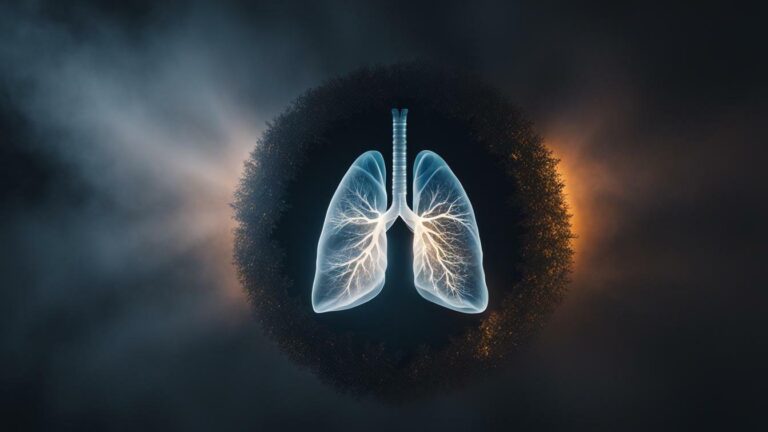
The Power of Quitting: How Your Lungs Recover After Quitting Vaping
Quitting vaping is a transformative step toward reclaiming your respiratory health. While vaping is often marketed as a safer alternative to smoking, it exposes your lungs to chemicals like nicotine, propylene glycol, and flavorings that can cause inflammation, irritation, and even serious conditions like popcorn lung. The good news? Your lungs are remarkably resilient, beginning to heal almost immediately after you stop. This comprehensive guide explores what happens after quitting smoking or vaping, detailing the benefits of quitting smoking timeline, how quickly you recover from nicotine, and specific perks like how much does quitting smoking lower blood pressure. Whether you’re considering quitting or have already taken the plunge, understanding the recovery process can inspire you to stay vape-free.
Why Quitting Vaping Matters
Vaping delivers a mix of chemicals into your lungs, including nicotine, which is addictive and can raise heart rate and blood pressure, and flavorings like diacetyl, linked to irreversible lung damage (bronchiolitis obliterans, or popcorn lung). These substances can inflame airways, reduce lung function, and increase the risk of respiratory issues. Quitting vaping halts this exposure, allowing your lungs to repair and reducing risks of long-term conditions like lung cancer and heart disease. The sooner you quit, the greater the potential for recovery, though the extent depends on how long and heavily you vaped.
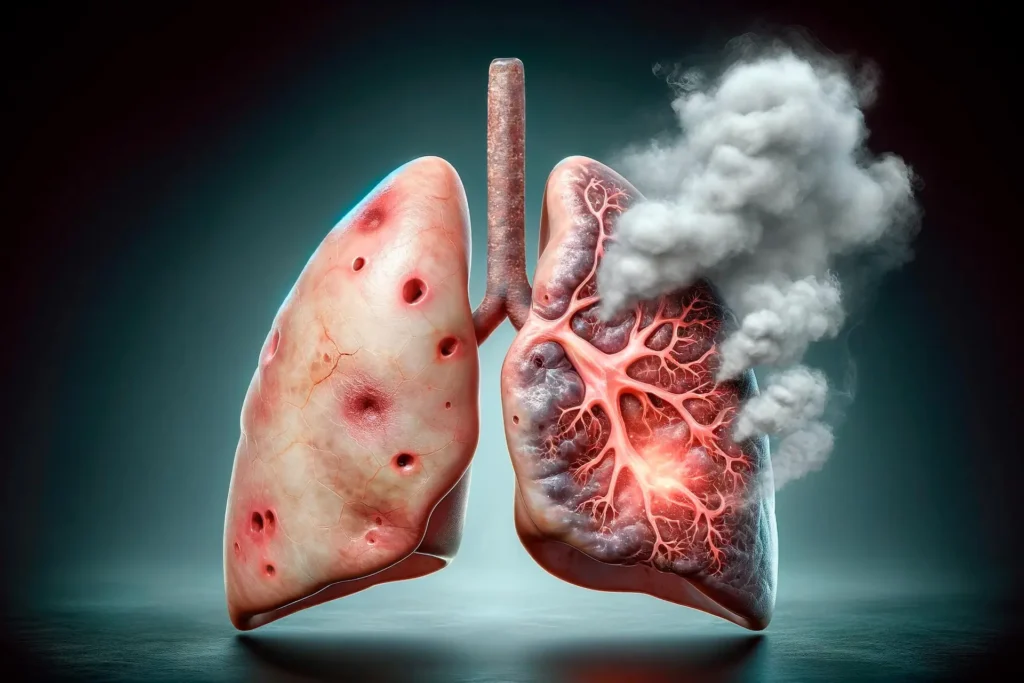
Timeline of Lung Recovery After Quitting Vaping
Your body begins healing the moment you stop vaping, with benefits unfolding over hours, weeks, and years. Here’s a detailed timeline based on current research:
| Timeframe | What Happens |
|---|---|
| 20 Minutes | Heart rate and blood pressure begin to drop as nicotine’s stimulant effects fade, easing strain on your cardiovascular system. |
| 12 Hours | Carbon monoxide levels in your blood normalize. This harmful gas, present in vape aerosols, reduces oxygen delivery, and its elimination boosts oxygenation. |
| 1-2 Days | Your sense of taste and smell improves as chemical exposure decreases, enhancing sensory experiences. |
| 2-3 Weeks | Lung function improves by up to 30%, reducing coughing and shortness of breath. Blood circulation enhances, delivering oxygen more efficiently. Nicotine withdrawal symptoms, like cravings and irritability, typically subside. |
| 1-9 Months | Cilia (tiny hair-like structures in your lungs) regain function, clearing mucus and reducing infection risk. Breathing becomes easier, and lung capacity increases. |
| 1 Year | Risk of coronary heart disease drops to half that of a vaper, reflecting significant cardiovascular recovery. |
| 5 Years | Stroke risk aligns with that of a non-vaper, a major milestone in long-term health. |
| 10 Years | Lung cancer risk is about half that of a continuing vaper, and overall lung health approaches that of a non-vaper. |
Immediate Effects (20 Minutes to 12 Hours)
Within 20 minutes of your last vape, your heart rate and blood pressure start to normalize, reducing cardiovascular strain. By 12 hours, carbon monoxide levels drop, allowing your blood to carry oxygen more effectively. These early changes, noted by Truth Initiative, set the stage for further recovery.
Short-Term Benefits (1 Day to 3 Weeks)
In the first few days, your senses of taste and smell sharpen as the chemical fog from vaping lifts. By 2-3 weeks, lung function improves significantly, with less coughing and shortness of breath. This period, highlighted by Baptist Health, is also when nicotine withdrawal symptoms typically fade, answering how quickly do you recover from nicotine. You may feel more energized and notice easier breathing, key 3 weeks quit smoking benefits.
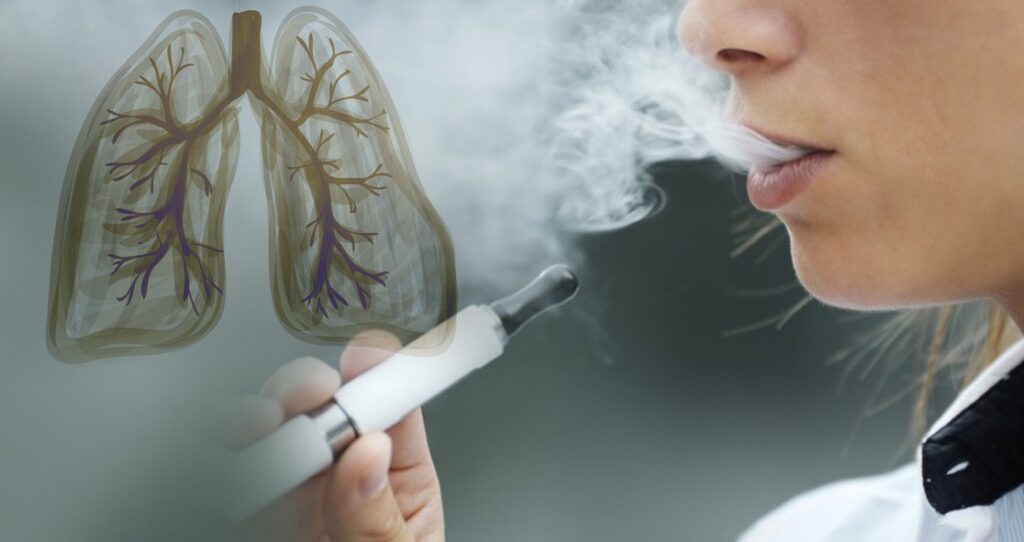
Medium-Term Benefits (1 Month to 9 Months)
By one month, your lung capacity can increase by up to 30%, making physical activities like exercise more comfortable. Between 3 and 9 months, the cilia in your lungs begin to function normally again, clearing out mucus and reducing the risk of respiratory infections. This phase, as described by Medical News Today, marks significant progress in lung repair.
Long-Term Benefits (1 Year and Beyond)
After one year, your risk of heart disease is halved compared to a vaper’s, a testament to your body’s resilience. By 5 years, your stroke risk matches that of a non-vaper. After a decade, your lung cancer risk drops by about 50%, and your overall health aligns closely with that of someone who never vaped, according to The Healthy.
How Quickly Do You Recover from Nicotine?
Nicotine, a highly addictive stimulant in most vape liquids, can cause withdrawal symptoms like cravings, irritability, and fatigue when you quit. These symptoms typically peak within the first few days and subside within 2-4 weeks, as noted by Mayo Clinic. By the 3-week mark, most people report feeling significantly better, with improved energy and mental clarity. This aligns with the question how long after quitting smoking do you feel better, as the absence of nicotine allows your body to stabilize.
Blood Pressure Benefits: A Key Milestone
One of the standout benefits of quitting vaping is its impact on blood pressure. Nicotine raises blood pressure by constricting blood vessels and increasing heart rate. How much does quitting smoking lower blood pressure? Within 20 minutes of quitting, blood pressure begins to drop, and this trend continues over weeks and months. By one year, the reduced strain on your heart significantly lowers the risk of heart disease, as highlighted by Truth Initiative. This cardiovascular improvement is a critical reason to stay vape-free.
Vaping vs. Smoking: Recovery Differences
While the recovery timeline for quitting vaping shares similarities with quitting smoking, there are key differences. Vaping does not produce tar, a major contributor to smoking-related lung damage, which may allow for faster lung recovery in some cases. However, vaping still introduces harmful chemicals like acetaldehyde and formaldehyde, which can cause inflammation and conditions like popcorn lung, as noted by Medical News Today. The extent of recovery depends on how long and heavily you vaped, with early quitting maximizing healing potential, according to Verywell Health.

Supporting Lung Recovery: Practical Tips
While your lungs heal naturally after quitting, you can enhance the process with these strategies:
- Stay Hydrated: Drink plenty of water to thin mucus and keep airways clear, supporting lung function.
- Exercise Regularly: Activities like walking or yoga improve lung capacity and overall respiratory health, as recommended by Healthline.
- Eat Antioxidant-Rich Foods: Berries, leafy greens, and nuts contain antioxidants that reduce inflammation and aid healing.
- Practice Deep Breathing: Techniques like diaphragmatic breathing strengthen lungs and improve oxygenation.
- Avoid Irritants: Steer clear of secondhand smoke, vaping, or polluted environments to protect your recovering lungs.
- Seek Support: Join a quit group or use nicotine replacement therapies (e.g., patches, gum) under medical guidance to manage cravings.
If you experience persistent symptoms like coughing or shortness of breath, consult a healthcare provider to rule out conditions like chronic bronchitis or underlying lung damage.
Potential Challenges and Considerations
Quitting vaping can lead to temporary increases in coughing as your lungs clear out mucus and irritants, a phenomenon known as the “quitter’s cough,” per Mayo Clinic. This is normal but should subside within a few weeks. If symptoms persist or worsen, seek medical advice. Additionally, while lung recovery is promising, heavy or prolonged vaping may cause irreversible damage, such as scarring from popcorn lung, emphasizing the importance of quitting early.
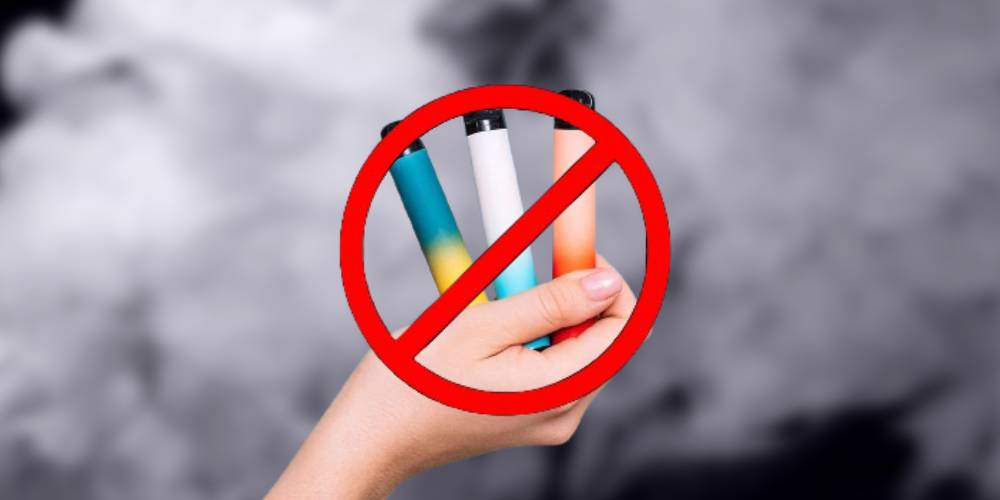
Talk in The End
Quitting vaping unleashes a powerful cascade of healing for your lungs, starting within minutes and continuing for years. From the immediate drop in blood pressure to the long-term reduction in lung cancer risk, every vape-free day brings you closer to optimal health. While challenges like nicotine withdrawal or temporary coughing may arise, the benefits—improved breathing, enhanced energy, and a healthier heart—make it worth the effort. Embrace the journey, support your recovery with healthy habits, and consult a doctor if needed. Your lungs are ready to thrive—take the first step today.

